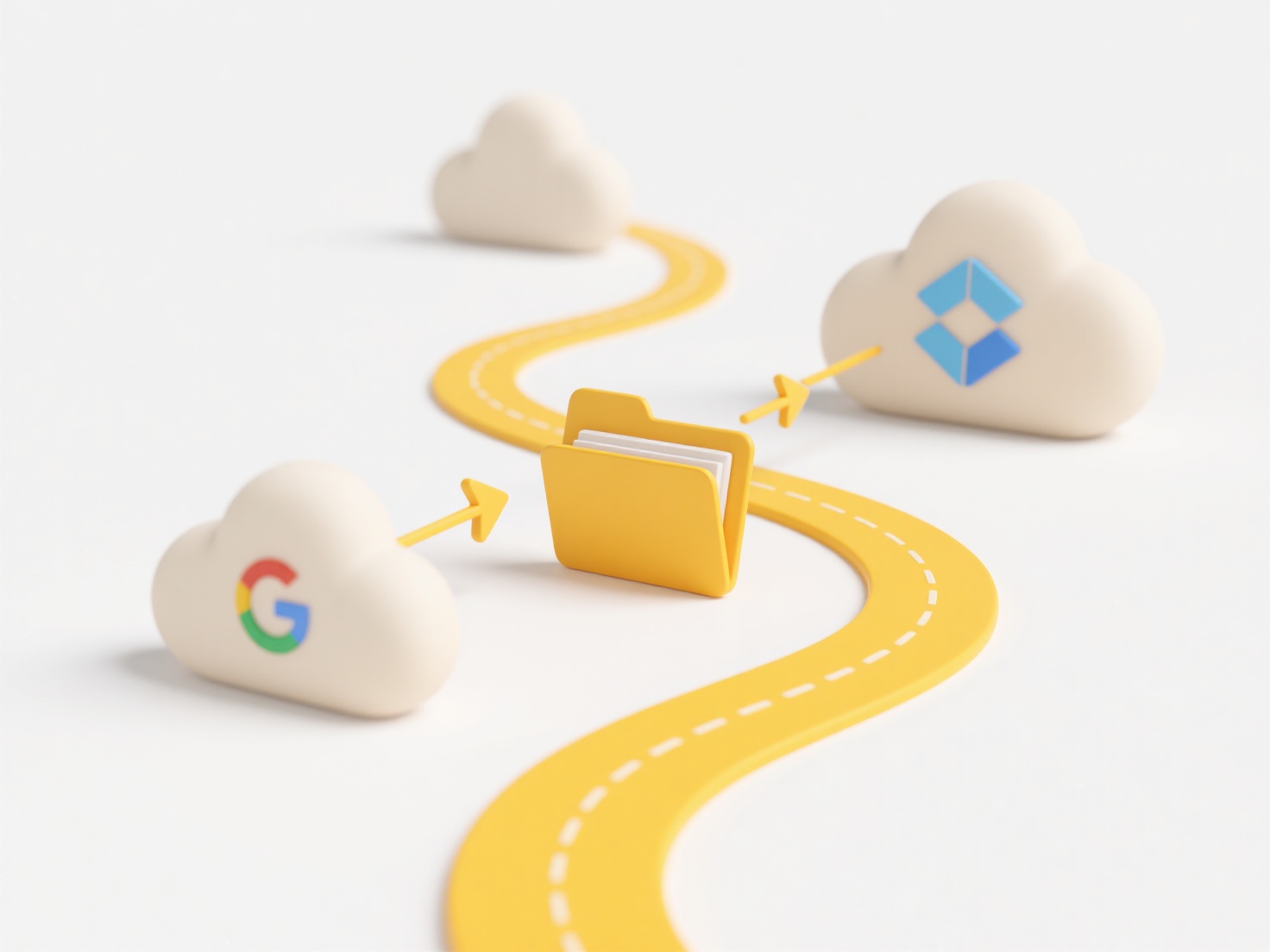
Syncing the same folder across multiple devices can definitely cause conflicts. File syncing automatically updates files to match the latest version across all devices and the cloud storage service. Conflicts occur when two or more devices simultaneously modify the same file and upload their changes. The syncing service typically can't decide which version is the "right" one automatically. Alternatively, deleting a file on one device while another device modifies it can create confusion for the syncing system.

A common example is when two colleagues edit the same shared document offline; both devices upload different versions later, requiring manual resolution. Another instance involves using a phone and laptop on the same project folder: if you edit a file on the phone offline and simultaneously edit it on the connected laptop, conflicting copies are created upon the phone reconnecting. Cloud storage services like Dropbox, Google Drive, and OneDrive all manage such scenarios using conflict-resolution strategies, often creating duplicate files marked "conflicted."
While essential for collaboration and accessibility, this behavior is a key limitation. It forces users to manually merge changes or choose between conflicting versions, potentially causing data loss or frustration. Good syncing services mitigate this by clearly labeling conflicts and preserving both versions, but careful management, using file locking features where possible, and maintaining internet connectivity while editing shared critical files are crucial to minimize problems.
Can syncing the same folder from multiple devices cause conflicts?
Syncing the same folder across multiple devices can definitely cause conflicts. File syncing automatically updates files to match the latest version across all devices and the cloud storage service. Conflicts occur when two or more devices simultaneously modify the same file and upload their changes. The syncing service typically can't decide which version is the "right" one automatically. Alternatively, deleting a file on one device while another device modifies it can create confusion for the syncing system.

A common example is when two colleagues edit the same shared document offline; both devices upload different versions later, requiring manual resolution. Another instance involves using a phone and laptop on the same project folder: if you edit a file on the phone offline and simultaneously edit it on the connected laptop, conflicting copies are created upon the phone reconnecting. Cloud storage services like Dropbox, Google Drive, and OneDrive all manage such scenarios using conflict-resolution strategies, often creating duplicate files marked "conflicted."
While essential for collaboration and accessibility, this behavior is a key limitation. It forces users to manually merge changes or choose between conflicting versions, potentially causing data loss or frustration. Good syncing services mitigate this by clearly labeling conflicts and preserving both versions, but careful management, using file locking features where possible, and maintaining internet connectivity while editing shared critical files are crucial to minimize problems.
Quick Article Links
How to separate temporary vs. permanent documents during classification?
How to separate temporary vs. permanent documents during classification? Effective document management involves distin...
Why do fonts and layout change when opening files on a different OS?
Fonts and layout can shift when opening files across different operating systems (OS) because systems use different defa...
How do I recover a file with a missing or wrong extension?
A file extension is a suffix at the end of a filename (e.g., `.docx`, `.jpg`) that indicates the file's format and tells...